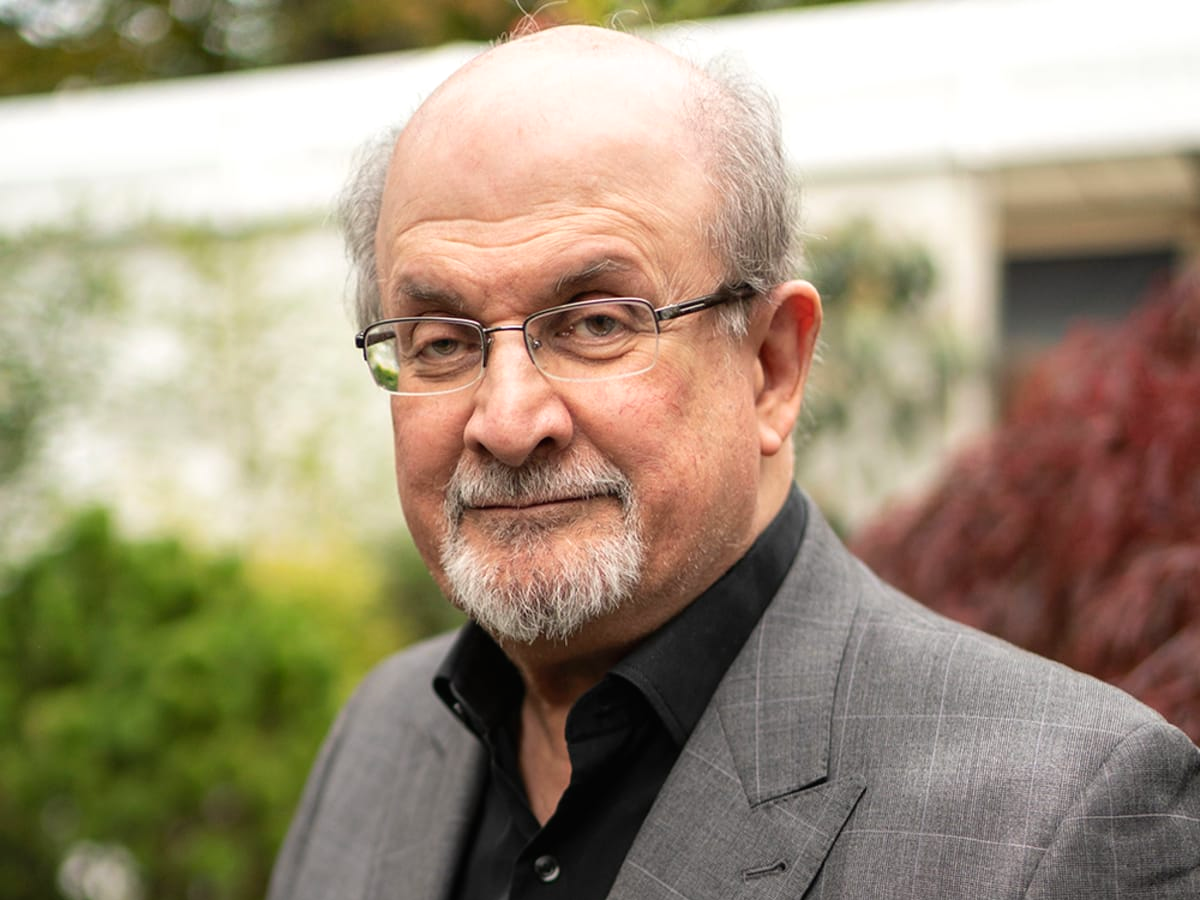The publishing industry has long been rooted in tradition. Publishing houses will offer writers contracts to publish the writer’s work. Getting published is an intensely selective process with a high level of rejection. Substack is shaking up that tradition.
How does it work?
Substack is a subscription-based newsletter where writers set the price for their content. Founded in 2017 by the team of Chris Best, Jairaj Sethi and Hamish McKenzie, Substack returns control to the writer. In a market that is awash with writing talent, Substack allows writers to earn a living on their own terms. McKenzie explained the thinking behind Substack:
‘When we started Substack in mid-2017, the future for writers was frightening. The news industry was rapidly contracting, eliminating countless journalism jobs. The social media giants seemed unstoppable, leaving fewer and fewer scraps for media businesses. Freelance budgets were being obliterated.’
The business model for Substack is simple. The minimum charge for content is $5/month or $30/year. Substack readers receive an email with the writer’s latest piece in their inbox. Substack takes between 10% and 15% of the writer’s earnings.
Substack launched Substack Pro in March 2021. Created to help the company financially, Substack Pro pays the writers an upfront sum to support them through their first year of writing. In return, Substack keeps 85% of the subscription fees in that first year. Once the first year is over, the writer keeps 90% of the subscription fees but will no longer receive a guaranteed sum from Substack.
The appeal of Substack for writers is the autonomy it offers them. Writers control their prices, subscription list and content. They can publish on a daily, weekly or monthly basis. The software allows the writer to promote their work without the constraints and restrictions that accompany publishing contracts or working for news organisations.
Big names
Substack already boasts some high profile contributors. Last week, it added to this cohort when it was revealed that Substack had landed Sir Salman Rushdie. The Cambridge-educated Rushdie won the Booker Prize in 1981 and became a fellow of the Royal Society of Literature in 1983. Now, Rushdie will serialise his latest book on Substack. Readers will be able to access Rushdie’s book before it is available in physical form.
Serialising a book is not a newfangled idea. Perhaps most famously, Charles Dickens serialised his novel, The Pickwick Papers, in 19 issues over 20 months. It is not known how often Rushdie will release chapters of his book. Nevertheless, it will be the first time that Rushdie has published in this form. Rushdie will also receive feedback from readers before the book is fully published.
Rushdie has made a 12-month commitment to Substack. However, he does not view himself as the new poster boy for Substack. Speaking to Shelley Hepworth of The Guardian, Rushdie said:
‘But I don’t want to be their cheerleader. It was interesting for me to have a go with this and all I’ve done is make a 12-month commitment. A year from now, I’m going to see where we stand, and I’ll either go on with it, or I won’t.’
Undoubtedly, Rushdie is the platform’s biggest capture yet. The release of his book on Substack should attract more subscribers. However, it will also be the biggest test of the Substack’s future viability. If Rushdie proves to be a success on the platform, it could be a watershed moment for online publishing.
Identity problems?
Substack also has its own issues it needs to confront. What began as a newsletter has blossomed into something much bigger. As much as the platform gives writer’s independence, the arrival of high profile names calls into question whether it is now just another publisher rather than a software tool.
Likewise, Substack has attracted some controversial names such as Glenn Greenwald and Graham Lineham. The Guardian’s James Ball described being on Substack as ‘a tacit sign of being a partisan in the culture wars’. It appears that Substack has become a platform that allows some controversial figures to build up a devoted following by promising partisan content. For some, it will be a deterrent. They wanted Substack to provide the software to promote their content.
Rushdie’s arrival on Substack is by no means the end of traditional publishing or news platforms. It is something that writers will trial and use in conjunction with existing platforms. The major literary figures will remain with publishing houses. That said, Substack can still be a platform for emerging talents to develop their writing and form an audience.
About the Author: James Hingley
James Hingley is a contributing Features Writer with extensive expertise in International Relations, Politics and Culture.
Recommended for you

Antidepressant Prescribing at Six-Year High
More people are taking antidepressants than ever. Is this a dark sign of the times or an indication that mental health stigma is changing?

Can AI be Used to Determine Cancer Recurrence?
When cancer patients go into remission, they often worry about it coming back. AI can now help identify those at risk of cancer recurrence.

Pegasus – Still a Threat to the UK?
The notorious Pegasus spyware has been misused to exploit vulnerabilities in devices, even those kept within the walls of Number 10.
Trending

Drug Decriminalisation: Could the UK Follow Portugal?
Portugal’s drug decriminalisation has reduced drug deaths and made people feel safe seeking support. Would the UK ever follow suit?

Calling All Unvaccinated UK Adults
With Covid cases rising, the NHS is urging the 3 million UK adults who remain unvaccinated to come forward.




